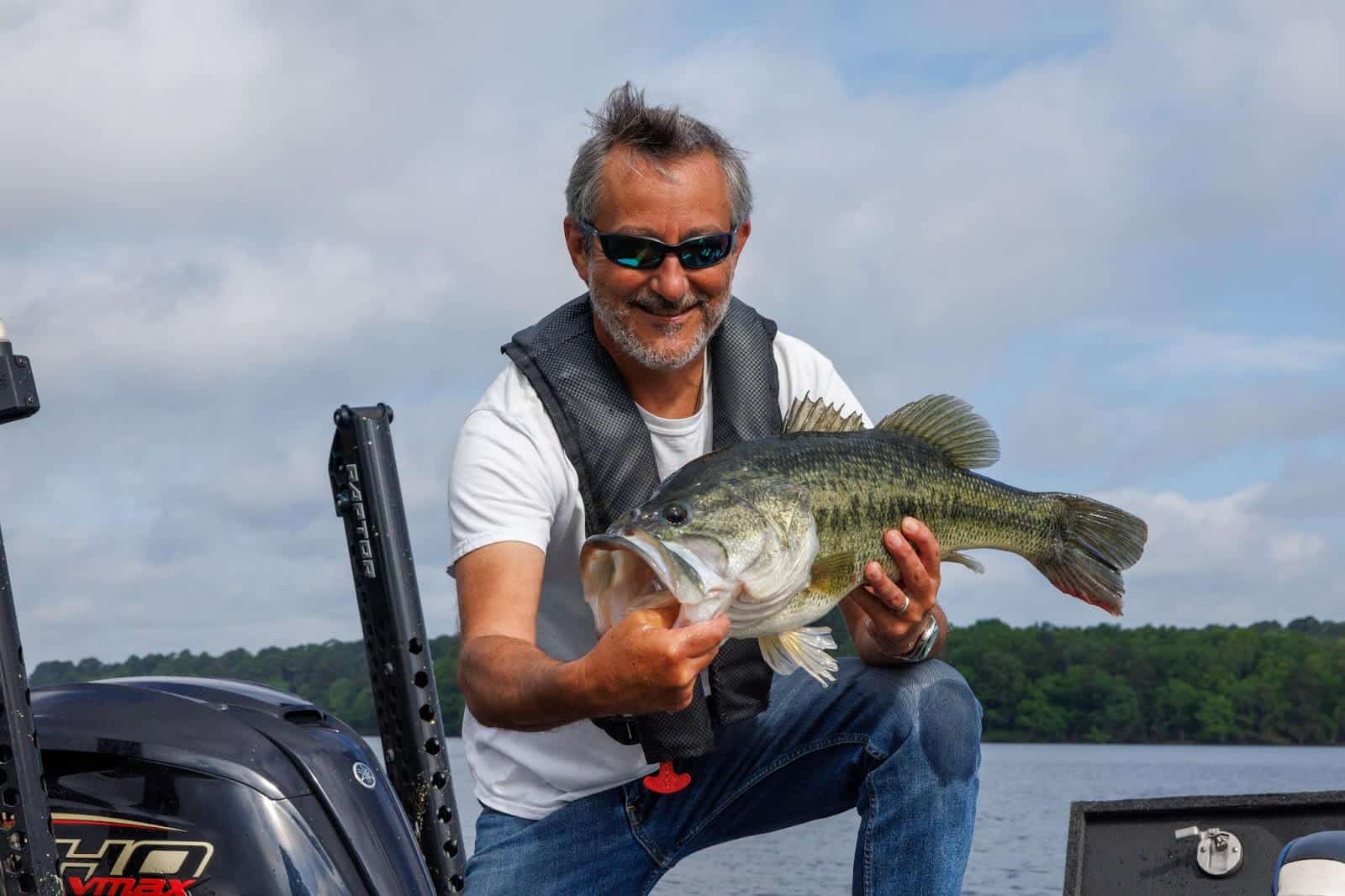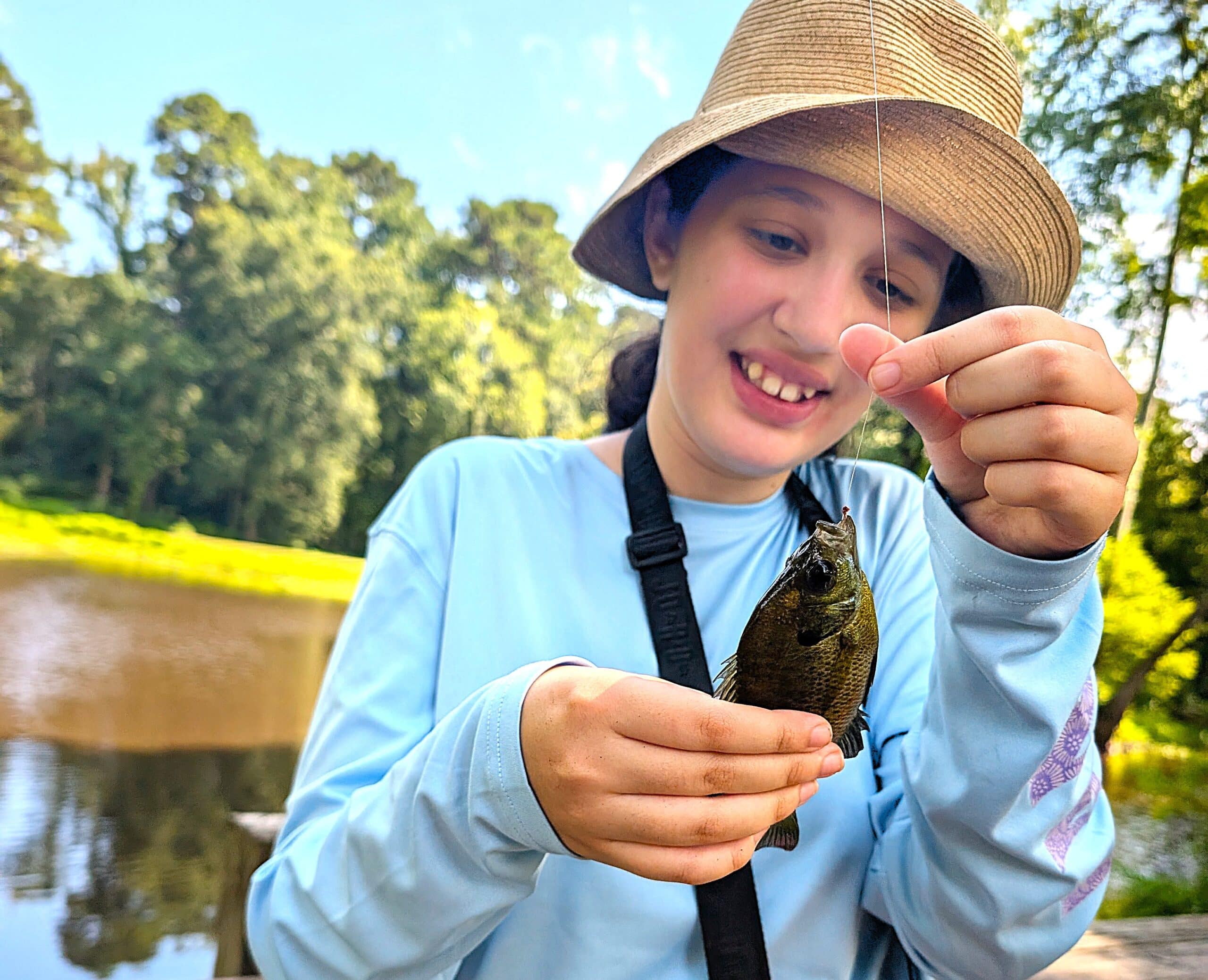Striped Bass
With the exception of an Arkansas River population, striped bass do not reproduce naturally in the wild. In native habitats they migrate from the sea and spawn in estuaries.
Their free-floating eggs tumble downstream 48 hours before hatching and returning to the sea. Because those conditions don’t exist in Arkansas, the AGFC mimics the process in a hatchery.
Even though their spawn is not successful, striped bass migrate up the tributary arms of the lakes they are in to spawn each April. Crews of biologists are ready for this migration, and catch the stripers in nets to bring them back to the hatchery. Once there, the eggs and milt of stripers are manually mixed together and placed into special tumbling canisters that are kept at the right temperature until the fry hatch.
Roughly half a million 2-inch striped bass fingerlings are stocked in Arkansas each year. The only lakes Arkansas lakes which receive striped bass stockings are Beaver, Hamilton, Norfork and Ouachita. These fish use the deeper, open water that is essentially devoid of other sport fish and play a role in keeping larger gizzard shad from becoming too abundant.
Striped bass have a small, but dedicated following among Arkansas anglers, and anyone who has hooked into one knows why. In addition to their large size, stripers are some of the hardest fighting fish in The Natural State.



